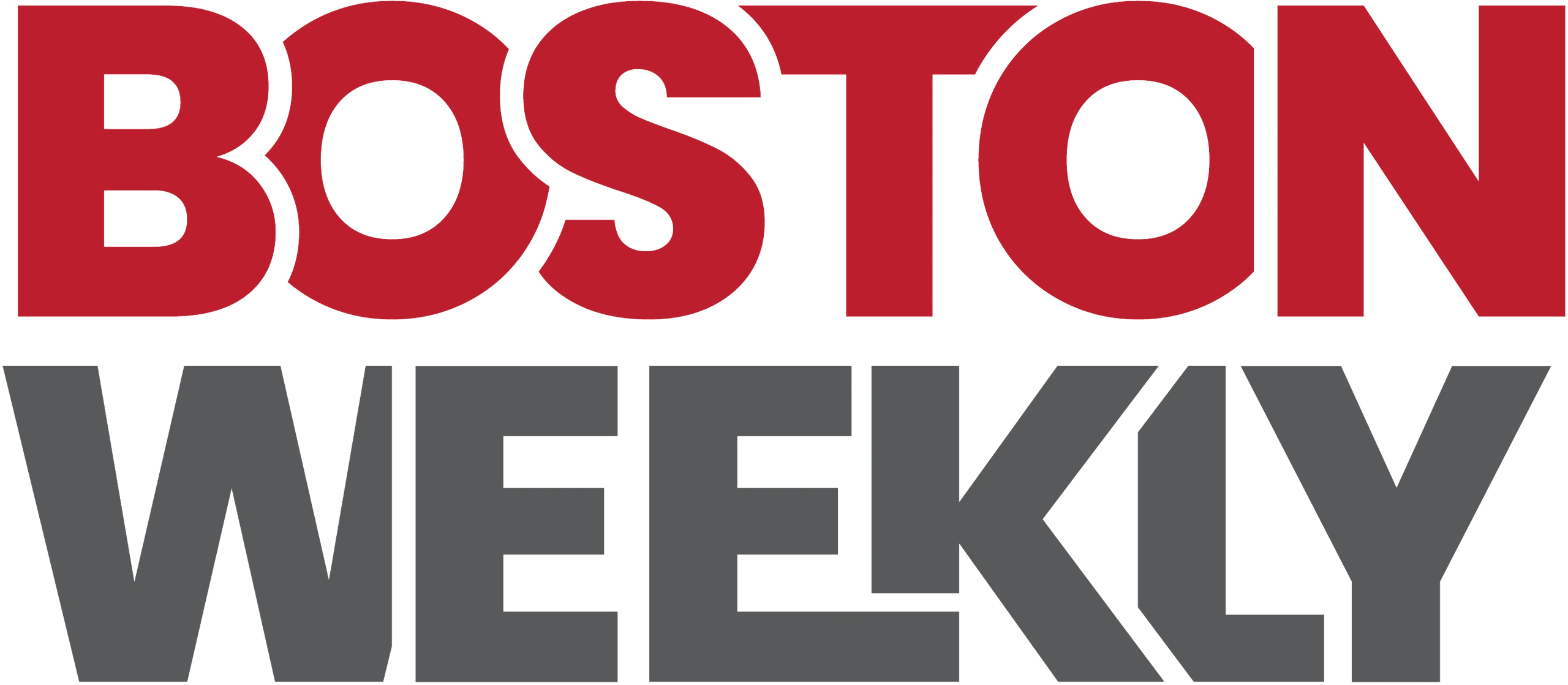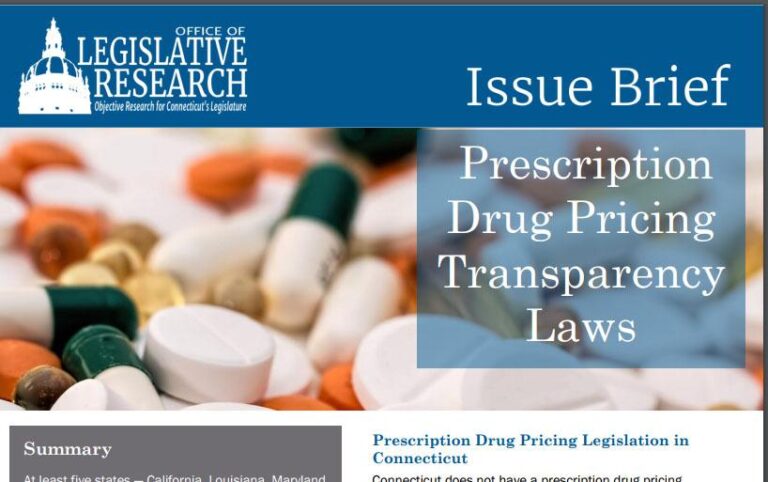In a notable move aimed at addressing the escalating burden of healthcare expenses, the legislature has introduced a new bill designed to reduce the cost of prescription drugs. The proposed legislation seeks to implement measures that would make medications more affordable and accessible for consumers, sparking widespread discussion among lawmakers, healthcare providers, and patient advocacy groups. As prescription drug prices continue to strain household budgets nationally, this bill represents a crucial step toward reforming the pharmaceutical market and protecting public health.
Table of Contents
- Legislature Introduces Bill Targeting High Prescription Drug Prices
- Key Provisions Aim to Increase Transparency and Boost Competition
- Experts Weigh in on Potential Impact for Consumers and Pharmacies
- Recommendations for Lawmakers to Strengthen Affordability Measures
- Wrapping Up
Legislature Introduces Bill Targeting High Prescription Drug Prices
Lawmakers have introduced a significant new bill aimed at reducing the escalating costs of prescription medications that burden millions of Americans. The proposed legislation seeks to implement reforms that would ensure fairer drug pricing by targeting the opaque and often inflated pricing structures employed by pharmaceutical companies. This bipartisan effort, championed by Senators Josh Hawley and Peter Welch, focuses on protecting American consumers from exorbitant costs while preventing U.S. taxpayers from subsidizing cheaper drug prices for foreign markets. Key provisions include increased price transparency and enhanced regulatory oversight to keep medication affordable and accessible.
Among the measures highlighted in the bill are:
- Price controls designed to limit excessive markups on essential medicines
- Incentives for domestic manufacturing to reduce dependency on foreign drug supply chains
- Strengthened negotiation powers for government programs to secure more competitive drug pricing
This legislation represents a strategic move to address decades-long policies that have disproportionately favored pharmaceutical companies at the expense of consumer affordability. If enacted,it promises significant relief for patients while reshaping the national approach to drug pricing policy for enduring impact.[[3]]
Key Provisions Aim to Increase Transparency and Boost Competition
Newly proposed legislation seeks to enhance clarity around drug pricing by mandating detailed disclosures from all key players in the prescription drug supply chain, including manufacturers, pharmacy benefit managers, and insurers. These entities will be required to report the rationale behind significant price hikes and the launch prices of new drugs, enabling regulators and consumers to identify pricing patterns that may suggest unfair practices. By exposing these factors publicly, the bill aims to reduce information asymmetry, making the market more transparent and accountable.
Core elements of the proposal include:
- Mandatory quarterly reports on price increases exceeding a set threshold.
- Public access to data explaining the cost components that drive drug prices.
- Increased scrutiny of new drug pricing to curb excessive launch prices.
- Efforts to foster a competitive marketplace by leveling the informational playing field for smaller market entrants.
Advocates argue that these transparency measures are a foundational step toward stimulating competition, which historically drives down costs and improves patient access. By illuminating pricing strategies,the legislation empowers consumers,policymakers,and payers to make informed decisions and negotiate better pricing terms. The bill also encourages industry innovation within a framework of accountability, ultimately working to curb escalating drug expenses that burden families and the healthcare system alike.
Experts Weigh in on Potential Impact for Consumers and Pharmacies
Healthcare analysts and pharmacy industry leaders are cautiously optimistic about the bill’s potential to alleviate the financial burden on consumers. By targeting pharmacy benefit managers (PBMs) and their pricing structures, experts agree the legislation could lead to greater transparency and more competitive pricing. Patients struggling with high drug costs may soon see out-of-pocket expenses decrease, improving access to essential medications.
However,pharmacy representatives warn of challenges in implementation and possible shifts in the supply chain dynamics. Concerns have been raised about:
- Operational adjustments for local pharmacies adapting to new reimbursement models.
- Potential disruptions in drug availability during the initial transition period.
- Maintaining service quality amidst evolving regulatory frameworks.
Despite these hurdles, most agree that the bill marks a significant step forward, setting a precedent that could influence nationwide prescription drug policy in the years to come.[1]
Recommendations for Lawmakers to Strengthen Affordability Measures
To effectively reduce the financial burden on consumers, legislators are urged to implement comprehensive transparency requirements that compel pharmaceutical companies to disclose pricing structures and justify cost hikes. Advocates also recommend expanding support for generic drug availability and incentivizing pharmacies to offer price matching programs, which have proven successful in lowering out-of-pocket expenses for patients. Additionally, enhancing Medicaid and Medicare drug coverage through stronger negotiation powers can play a crucial role in driving down prices without compromising access to essential medications.
- Mandate clear pricing disclosures from drug manufacturers and wholesalers
- Promote wider use and expedited approval of generic alternatives
- Encourage partnerships between pharmacies and discount programs to provide affordable options
- Expand government negotiation authority for publicly funded health plans
- Support state-level initiatives aimed at capping out-of-pocket costs for patients
Lawmakers are also called to adopt innovative policy models that leverage data analytics to identify and target the most impactful cost-drivers within the pharmaceutical supply chain. Emphasizing consumer empowerment,they should champion educational campaigns to raise awareness about prescription discount services and online price comparison tools,enabling patients to make better-informed choices. Collaboration across federal, state, and local agencies is vital to ensure policies are adaptive, equitable, and capable of sustaining long-term reductions in drug prices.
Wrapping Up
As the proposed bill moves through the legislative process, stakeholders from across the political spectrum continue to weigh in on its potential impact. With prescription drug costs remaining a pressing concern for many Americans, the legislature’s next steps will be closely watched by consumers, healthcare providers, and industry representatives alike. Further developments are expected as lawmakers debate the details and work toward a consensus on how best to alleviate the financial burden on patients. For ongoing updates on this and other legislative initiatives, stay tuned.

